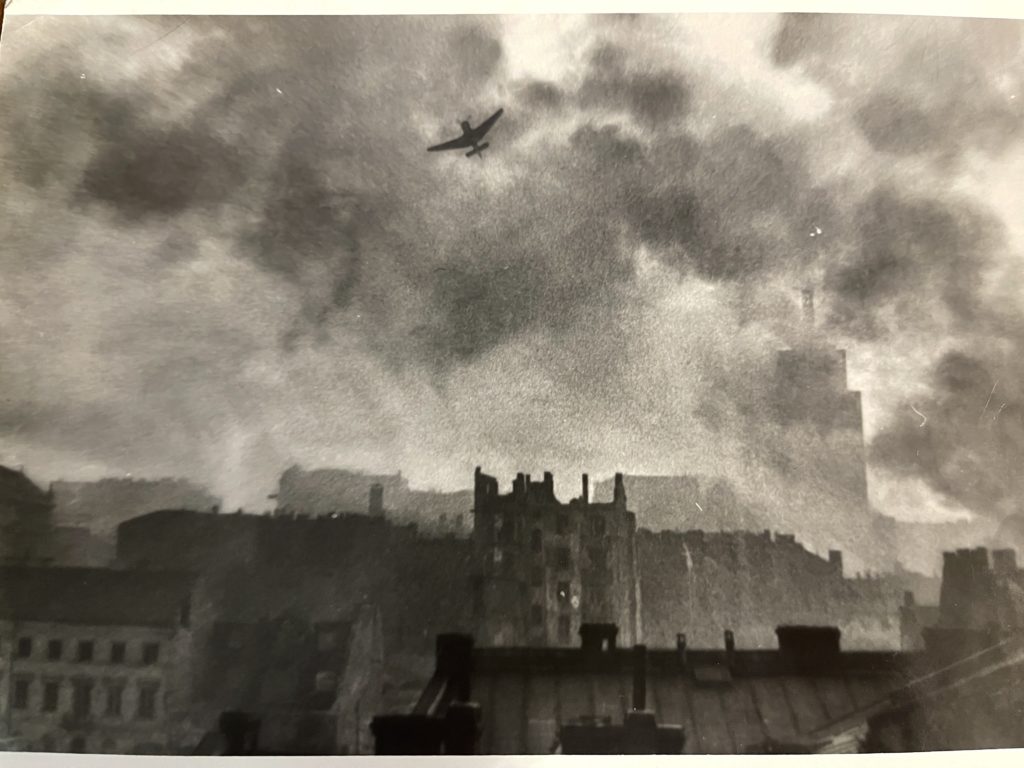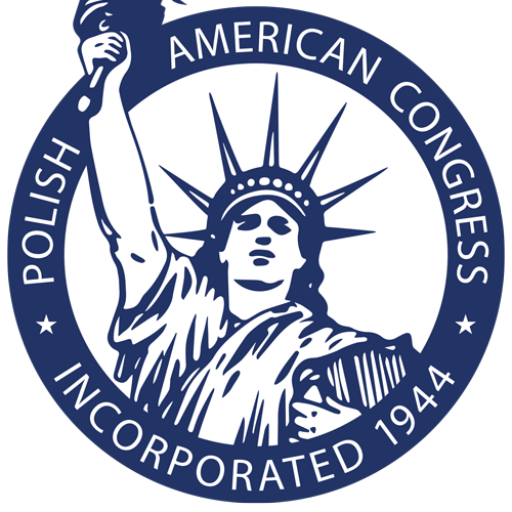By Małgorzata Margo Schulz
Today, Poles and all who value freedom from totalitarian oppression commemorate the 78th anniversary of the Warsaw Uprising. This heroic struggle lasted for two months and was the largest battle fought in any German occupied country by any anti-Nazi German armed resistance organization during World War II.
The uprising was militarily aimed against the German occupiers of Warsaw and politically directed against Stalin’s Soviet Union. The goal of Operation Tempest, Burza, was for the Polish Home Army to drive the German army out of Warsaw and liberate Poland’s capital before the Soviet Army could do so. When the Warsaw Uprising began, Stalin’s army was deployed just across from Warsaw on the east bank of the Vistula River. The Soviet Army watched as the Nazi Germans sent reinforcements to crush the Home Army.
The commander of the Polish Home Army General Tadeusz Komorowski, nom de guerre, Bór, gave the order to start Operation Tempest in Warsaw, on August 1, 1944, at 5 p.m. This was W hour.
It was the largest military operation of the Home Army. During the two-months of fighting, the losses of the Polish troops amounted to approximately 16,000 killed and missing, 20,000 wounded and 15,000 taken prisoner. As a result of air raids and artillery fire, harsh living conditions and massacres organized by German troops, at least 150,000 and as many as 200,000 civilian residents of the capital were killed.
Today we also remember Warsaw’s brave civilians, including those who died in Wola.
During the first days of the Uprising, August 5-7, 1944, following the orders of Adolf Hitler and Heinrich Himmler, the Germans murdered in Wola at least 40,000 and as many as 60,000 Poles among whom were elderly, wounded, and children.
The Uprising planned for a few days lasted over 2 months. The Polish Home Army suffered heavy casualties during the fighting in Warsaw.
The Germans expelled 500,000 of Warsaw’s remaining inhabitants from the ruins of the burned city. When the Soviet Army marched in they installed their communist puppet government officials in Warsaw. Few of today’s Varsovians come from families who lived in Poland’s capital before 1944 when it was destroyed by Nazi Germans and then conquered by Stalin’s communists.
By defeating the Warsaw Uprising, Hitler made it easier for Stalin to set up a puppet communist government in Poland. The Soviet Army, after 1991, the Russian Army, finally withdrew all its troops from Poland on 15 September 1993.
Małgorzata Margo Schulz
Polish American Congress
National Vice-President for Public Relations

